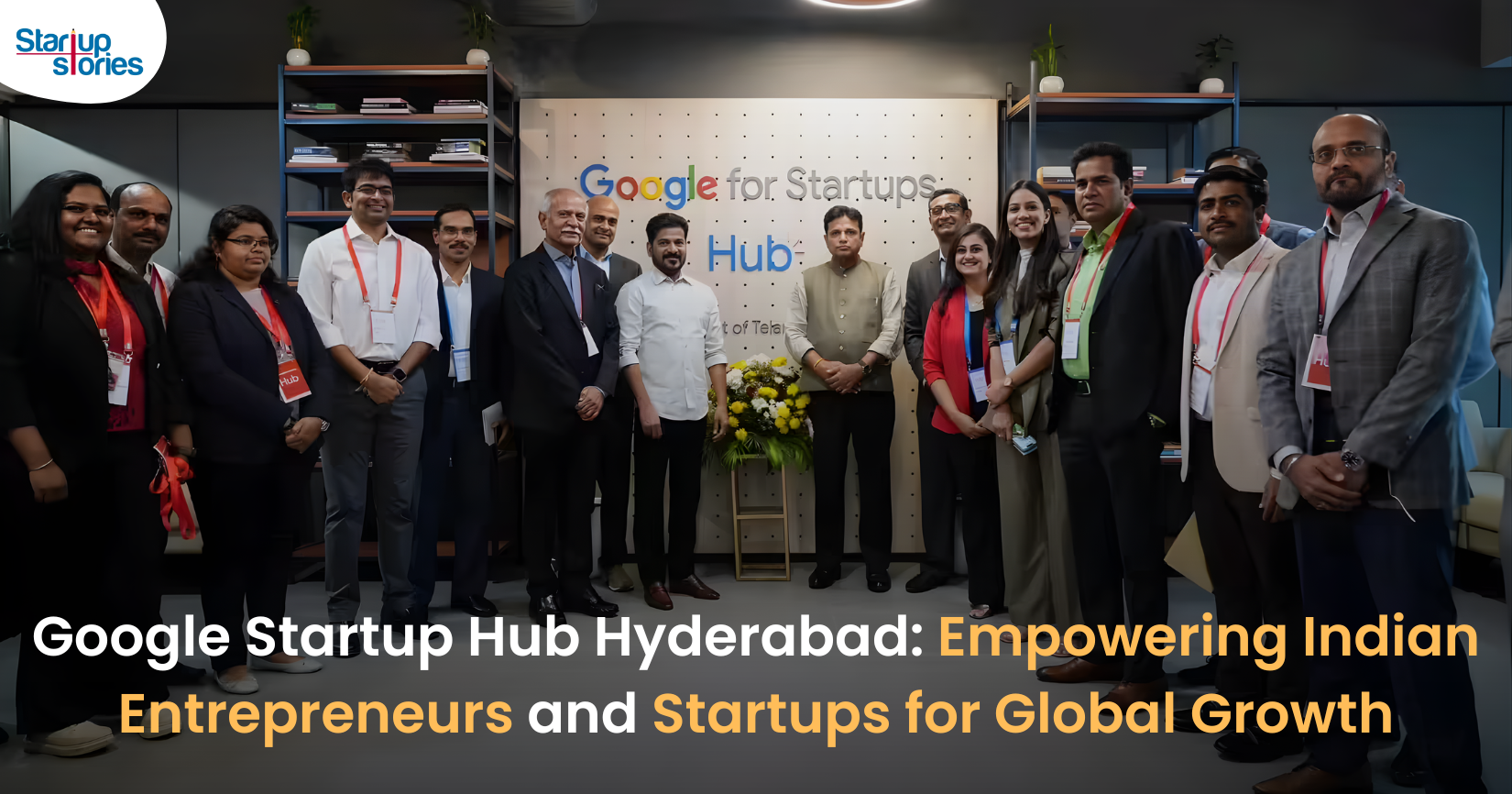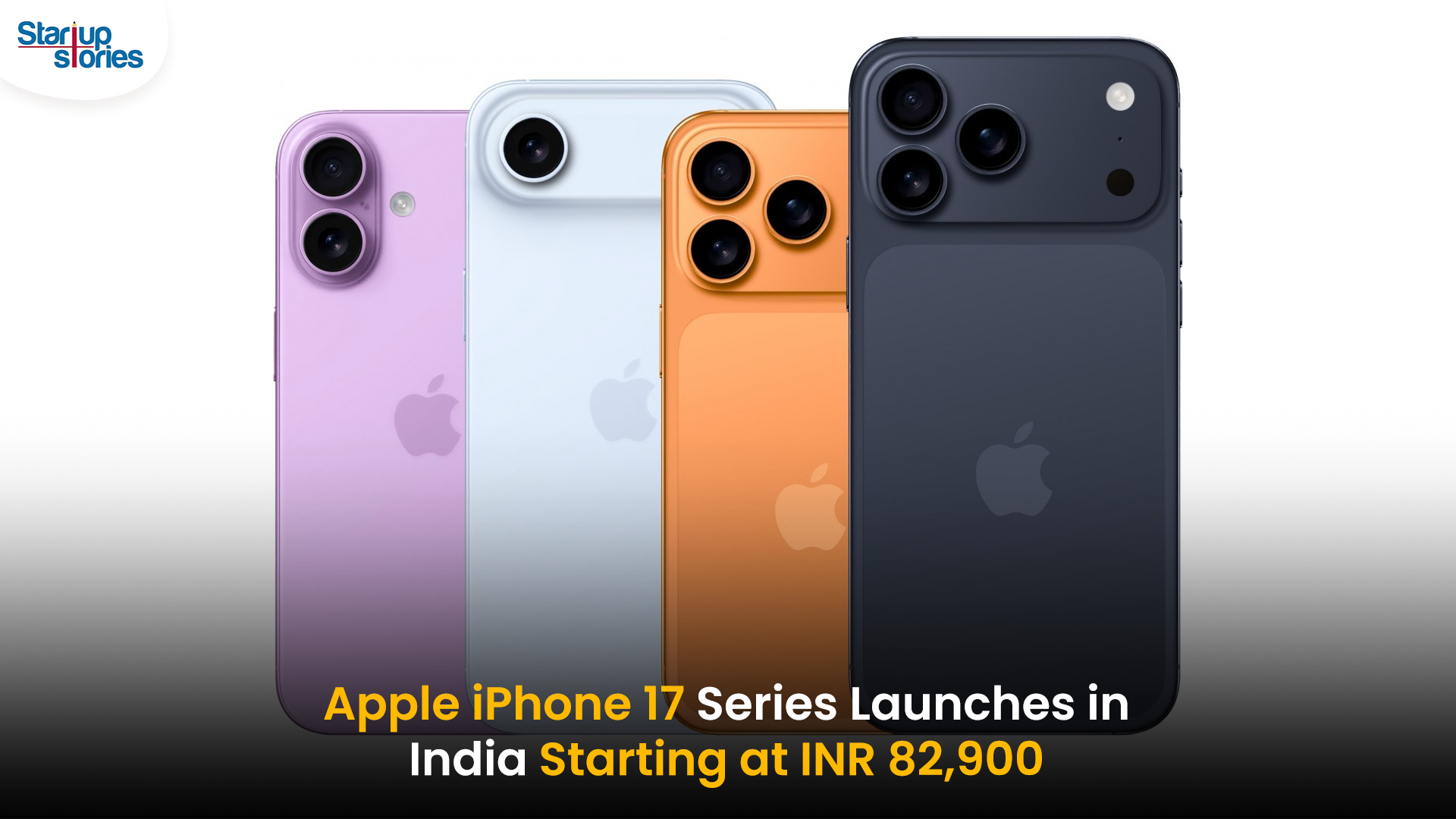News
Virtual Immortality – The Next Step For Humans?

Death and immortality have always been a fascinating field of interest for humans. Ever since we learned how to make fire and use it to our advantage, we have wanted to learn more about life, death and life after death. The idea to stay alive forever however, seemed like a far fetched idea. Until now!
The past couple of decades has seen technology develop at an alarmingly fast rate. Starting from the telephone to connecting people around the world through one small device, tech advancements have made many things that once seemed far fetched, a reality. Scientists, researchers and inventors alike have claimed that soon humans will be able to download their personality onto a supercomputer.
Dr. Michio Kaku, an American theoretical physicist, futurist and popularizer of science, is one of the believers of virtual immortality. Speaking about the idea of living through a computer program, in the documentary Curiosity Stream, he said, “Imagine being able to speak to your loved one after they died, but it is possible if their personality has been downloaded onto a computer as an avatar. You would be able to communicate with them as if they were still here. They would, in effect, become immortal.”
Following the same school of thought, many startups around the world have been researching for means to preserve the personality of people. Advanced artificial intelligence, cryogenics, anti aging research and virtual reality are helping people move from blind faith and towards science and technology as a source of hope for immortality.
In a post about why you should upload yourself to a supercomputer, Canadian bioethicist, transhumanist and futurist, George Dvorsky said, “Many credible scientists, philosophers and futurists believe there’s nothing inherently intractable about the process. The human brain an apparent substrate independent Turing Machine adheres to the laws of physics in a material universe. Eventually, we’ll be able to create a model of it using nonbiological stuff and even convert, or transfer, existing analog brains to digital ones.”
USA based startup Human Resurrection through Artificial Intelligence or HUMAI also plans to make immortality a reality. According to HUMAI’s CEO Josh Bocanegra, when the time comes, the company would be able to freeze the brain, create a new, artificial body, repair any damage to your brain and transfer it into your new body. On their website, the company further adds, “We’re using artificial intelligence and nanotechnology to store data of conversational styles, behavioral patterns, thought processes and information about how your body functions from the inside out. This data will be coded into multiple sensor technologies, which will be built into an artificial body with the brain of a deceased human.”
A software developer from the US, Eugenia Kuyda, developed a chatbot which is almost identical in speech to her late friend, Roman Mazurenko, by feeding some 8,000 lines of text messages into a Google programme. The programme is designed to allow people to create chatbots which in turn creates an experience as if it were two humans chatting. While the programme is very similar to an episode of Charlie Brooker’s futuristic TV show Black Mirror, the bot would help people who are grieving, find peace and solace.
Although the predictions seem like they belong in a science fiction book or movie, there are people all over the world contributing to a form of technology that may one day allow humans to live forever.
News
Google Launches Startup Hub in Hyderabad to Boost India’s Innovation Ecosystem

Google has launched the Google Startup Hub Hyderabad, a major step in strengthening India’s dynamic startup ecosystem. This new initiative aims to empower entrepreneurs, innovators, and developers by giving them access to Google’s global expertise, mentoring programs, and advanced cloud technology. The hub reflects Google’s mission to fuel India’s digital transformation and promote innovation through the Google for Startups program.
Located in the heart of one of India’s top tech cities, the Google Startup Hub in Hyderabad will host mentorship sessions, training workshops, and networking events designed for early-stage startups. Founders will receive Google Cloud credits, expert guidance in AI, product development, and business scaling, and opportunities to collaborate with Google’s global mentors and investors. This ecosystem aims to help Indian startups grow faster and compete globally.
With Hyderabad already home to tech giants like Google, Microsoft, and Amazon, the launch of the Google Startup Hub Hyderabad further cements the city’s position as a leading innovation and technology hub in India. Backed by a strong talent pool and robust infrastructure, this hub is set to become a growth engine for next-generation startups, driving innovation from India to global markets.
News
BMW’s New Logo Debuts Subtly on the All-Electric iX3: A Modern Evolution

BMW quietly debuted its new logo on the all-electric iX3, marking a significant yet understated shift in the brand’s design direction for 2025. The updated emblem retains the classic roundel and Bavarian blue-and-white colors, but sharp-eyed enthusiasts noticed subtle refinements: the inner chrome ring has been removed, dividing lines between blue and white are gone, and the logo now features a contemporary satin matte black background with slimmer “BMW” lettering. These enhancements showcase BMW’s embrace of modern minimalism while reinforcing their commitment to premium aesthetics and the innovative Neue Klasse philosophy for future electric vehicles.
Unlike rival automakers that reveal dramatic logo changes, BMW’s refresh is evolutionary and respectful of tradition. The new badge ditches decorative chrome and blue borders associated with earlier electric models, resulting in a flatter, more digital-friendly design that mirrors recent branding seen in BMW’s digital communications. Appearing first on the iX3’s nose, steering wheel, and hub caps, this updated identity will gradually be adopted across all BMW models—both electric and combustion—signaling a unified brand language for years to come.
BMW’s strategic logo update represents more than just aesthetic reinvention—it underscores the brand’s dedication to future-ready mobility, design continuity, and a premium EV experience. As the new roundel begins rolling out on upcoming BMW vehicles, it stands as a testament to the automaker’s depth of detail and thoughtful evolution, offering subtle distinction for keen observers and affirming BMW’s iconic status in the ever-changing automotive landscape.
News
iPhone 17 India Price, Features & Availability: All You Need to Know

Apple has officially launched the highly anticipated iPhone 17 series in India, with prices starting at INR 82,900 for the base 256GB model. The new lineup includes the iPhone 17, iPhone 17 Pro, iPhone 17 Pro Max, and the newly introduced ultra-slim iPhone Air. Apple has removed the 128GB storage variant, making 256GB the minimum for all models. The standard iPhone 17 features a vibrant 6.3-inch ProMotion OLED display with a 120Hz refresh rate and an upgraded Ceramic Shield 2 for improved durability. It comes in fresh color options like lavender, mist blue, sage, white, and black.
The iPhone 17 Pro and Pro Max models are powered by Apple’s latest A19 Pro chip and start at INR 1,34,900 and INR 1,49,900, respectively. These Pro models feature sleek titanium frames, significant camera upgrades including 8K video recording, and up to 6x optical zoom in the Pro Max. Meanwhile, the iPhone Air, priced from INR 1,19,900, is the slimmest and lightest iPhone ever, boasting a 6.7-inch Super Retina XDR display with ProMotion technology and a triple-camera setup, positioning itself between the standard and Pro models.
Pre-orders for the iPhone 17 series commence on September 12, with sales beginning on September 19, 2025. Alongside the launch, Apple has reduced prices for the previous iPhone 16 models while discontinuing the iPhone 16 Pro and Pro Max variants. The iPhone 17 series exemplifies Apple’s ongoing commitment to enhancing display technology, camera capabilities, and overall performance, setting a new benchmark for premium smartphones in the Indian market.












Xzgkjxgs
May 25, 2025 at 7:52 pm
Explore the ranked best online casinos of 2025. Compare bonuses, game selections, and trustworthiness of top platforms for secure and rewarding gameplaycasino bonus.
Anabolic Steroid Dangers
June 4, 2025 at 9:56 am
Some clinicians could select to do the injection utilizing an ultrasound picture to
guide them. Most injections are fast and simple to
carry out however the injection must be given in a really clean (sterile)
setting to forestall an infection. The main function of the steroid injection is to lower
pain and increase movement and use of the affected space.
Steroid injections are often properly tolerated and much
much less probably than steroid tablets to trigger critical side-effects.
Testosterone just isn’t suitable for women to take due
to its robust androgenic score. We have additionally
seen testosterone accelerate male pattern baldness in men, in addition to oily
skin and pimples vulgaris.
Most women should be in a position to keep away from virilization in the occasion that they supplement responsibly.
This will imply maintaining the entire dose and period of use in a correct vary.
Regardless of the dose, if virilization signs start to occur you are strongly inspired to discontinue use.
Androgenic side effects embody zits, accelerated
hair loss in those predisposed to male sample baldness and
body hair growth. Very few should have an issue
with zits unless they’re very delicate to zits to begin with.
If you are not predisposed to male pattern baldness there is no risk of hair loss.
If you’re predisposed, Primo is well-known for speeding up the
process dramatically in many males. It can be essential to note that 5-alpha reductase inhibitors like Finasteride which are often used to combat androgenic
unwanted aspect effects could have little impact here.
There are nations that are just like the us regarding steroid regulation, but others are way more lenient.
Before you buy Primobolan or any Anabolic Steroid Dangers
steroid, it is crucial you thoroughly understand the legislation because it pertains to where you reside.
Regardless of the regulation and nation in question, most all will frown on a
web-based purchase. The Methenolone hormone was first released in 1962 by Squibb in each the oral Acetate
and injectable Enanthate form.
Nonetheless, when taking any type of tablet, it is at all times beneficial to take a break from
them; thus, when you take authorized steroids for eight weeks,
it’s suggested to take 8 weeks off after this. For finest outcomes, we
discover that stacking Anvarol with different legal slicing steroids enhances fats burning and muscle definition. Anavarol’s greatest
stacking options, in our experience, are Clenbutrol, Winsol,
and/or Testo-Max. D-Bal was formulated by Crazy Bulk to replicate Dianabol’s
optimistic results however with out the opposed results.
Every time you eat food, the liver has to digest it; thus, when taking hepatotoxic steroids and consuming large portions of food, the liver is turning into
increasingly taxed. The body’s method of coping with that is
to suppress the person’s appetite (as a self-defense mechanism), decreasing food consumption. A common incident of moobs in men is the outcome of excessive chest fats,
which could be corrected through fat loss and muscle-building workout routines concentrating on the pectoral region.
If bloating or water retention becomes extreme, users ought
to decrease the dose or discontinue use.
Consequences differ by the group, steroid kind and quantity, and former offenses.
For athletes utilizing steroids for performance enhancement,
failing a drug test could be a downfall. Anabolic androgenic steroids (AAS),
usually referred to simply as steroids, are a category of
synthetic hormones that mimic the effects of testosterone.
In the U.S., they are Schedule III controlled substances, and solely a small quantity are
approved for human or veterinary use.
It additionally binds to SHBG (sex hormone-binding globulin) with a excessive
affinity, growing free testosterone ranges.
Dianabol and trenbolone are two contrasting compounds, yet each are
used during bulking cycles thanks to their anabolism. Trenbolone
is a highly effective steroid, producing massive
positive aspects in muscularity and power.
Creatine causes appreciable water retention (37, 38); therefore, the mix of
creatine and Dianabol will trigger the physique to
carry much more fluid. This isn’t ideal, as extra water will cause
much more bloating and viscous blood, doubtlessly exacerbating blood stress.
The anabolic steroid Anadrol (Oxymetholone) is most commonly compared to
Dianabol in this regard; nevertheless, its potential for adverse unwanted effects
is greater than Dianabol. Many argue that Anadrol is stronger, however many often use doses of Anadrol a lot larger than Dbol.
Some data has suggested that on a milligram for milligram basis, Dianabol
is definitely the stronger steroid. One Other important trait
of Dianabol and perhaps some of the necessary of all is the relationship it
shares with different anabolic steroids.
This just isn’t an anabolic steroid we construct a cycle round, but somewhat one we add to a well-planned stack.
Dianabol has the power to create unbelievable synergy when conjoined with different anabolic steroids.
GO88
November 6, 2025 at 10:20 pm
Tham gia cộng đồng game thủ tại Go88 để trải nghiệm các trò chơi bài, poker phổ biến nhất hiện nay.
MM88
November 8, 2025 at 3:54 am
Khám phá thế giới giải trí trực tuyến đỉnh cao tại MM88, nơi mang đến những trải nghiệm cá cược thể thao và casino sống động.
谷歌站群
November 9, 2025 at 3:25 pm
专业构建与管理谷歌站群网络,助力品牌实现全域流量的强势增长。谷歌站群
站群程序
November 11, 2025 at 11:45 pm
采用高效谷歌站群策略,快速提升网站在搜索引擎中的可见性与权重。谷歌站群
J88
November 12, 2025 at 6:37 am
Đến với J88, bạn sẽ được trải nghiệm dịch vụ cá cược chuyên nghiệp cùng hàng ngàn sự kiện khuyến mãi độc quyền.
MM88
November 19, 2025 at 6:34 pm
Với giao diện mượt mà và ưu đãi hấp dẫn, MM88 là lựa chọn lý tưởng cho các tín đồ giải trí trực tuyến.
Kuwin
November 21, 2025 at 9:46 pm
kuwin sở hữu kho game đa dạng từ slot đến trò chơi bài đổi thưởng, mang đến cho bạn những giây phút giải trí tuyệt vời.
iwin
November 30, 2025 at 7:03 pm
iwin – nền tảng game bài đổi thưởng uy tín, nơi bạn có thể thử vận may và tận hưởng nhiều tựa game hấp